|
The first recorded use of a mobile darkroom, the forerunner to the military Mobile Photographic Units (MPU), was employed by a famous photographer named Roger Fenton who supported the British Army during the Crimean war in 1853. Not until World War One did we see the use of MPU's on the battlefield again, which during World War Two became known as Mobile Field Photographic Sections (MFPS) and later transformed into Mobile Field Photographic Units (MFPU) during the Cold War and again to Reconnaissance Intelligence Centre (RIC) in the 1970s. This remained until 2003, when the RICs were united into the Tactical Imagery-Intelligence Wing (TIW), which finally converted to 1 Intelligence Surveillance and Reconnaisance Wing in 2016. "RICs" from the past, starting in WW1 then on to 2011. (Ian Stannett) Tactical Reconnaissance Units (Ian Stannett) The mobile MFPS. The Trailers were known as J Class Trailers and all the vehicles collectively were called the Blue Train. Named after a blue train that ran across Europe similar to the orient express before the war. As you can see there were Processor and Printer trailers along with many support vehicles. The Tractor pulling the J Class trailers were generally Austin K5 3 Ton GS or Bedford OYD 3 Ton GS. (Ian Stannett) Photographic Interpreters (Ian Stannett) Ian Stannett successfully raised enough money to facilitate the refurbishment of 6 ATREL cabins, used by the RIC. (Crowdfunder).
You can follow regular updates from the project via Facebook.
0 Comments
The Squadron hold very little information covering the years that it operated the Bloodhound Missile (1965-1970). Fortunately the Bloodhound Missile Preservation Group (BMPG) have an excellent resource of information on their website and YouTube channel. Read more below: The Bloodhound MKII missile system, as operated by 41 Squadron, was a key part of the integrated UK air defences during the Cold War, a wholly British designed defensive weapon to counter nuclear armed, high flying bombers at long range. Bloodhound MKII became operational with the RAF in 1964 and continued to be improved as new technology became available with its operational role continually enhanced to include the countering of low level air strikes. The missile system was withdrawn from RAF service in 1991, at the end of the Cold War. You can learn more about how the system worked through the following reports
We occasionally have contact from other Air Force Associations, not just from the UK, but around the world. The most recent was the Avionics and associated trades reunion committee (RNZAF), who next year are commemorating the 80th anniversary of the establishment of their training school. Electrical and Wireless School As a result of the 1937 expansion of the RNZAF the first “Signals” persons to be trained in New Zealand commenced Wireless Operation Course No. 1 (W1) at the new Electrical and Wireless School at Wigram on 4 January 1938. The Total School staff numbered one – Sergeant R.J. Gibbs who was Commanding Officer, Instructor, and Clerk. Three such courses were conducted in an old hangar, long since demolished, and formed a useful nucleus of Signals personnel for the RNZAF before WW2 broke out. Several RNZAF trained wireless operators and mechanics were actually in England at the start of the war, having been sent to collect the RNZAF’s new Wellington bombers. Wigram could not initially accommodate the large influx of recruits at the outbreak of the war, so while a new school was being built, staff and trainees moved to Canterbury College and were accommodated at Rolleston House from October 1939 to January 1940. The new school expanded rapidly with the wartime demands for personnel. 5,290 airmen and airwomen were trained on 288 courses through the war years. Many new Signals trades had been created – Wireless Operator, Telegraphist, Direction-Finding (DF) Operators, Teleprinter Operator, Radar Operator, Wireless Mechanic, Radar Mechanic, Electrician, Signals Clerk and Cypher Clerk. The School also trained mechanics for the Army and Navy. Post-war, Signals trade training quickly reduced but the School facilities were put to good use for a variety of courses including some aircrew training – Signallers, Navigator (Wireless), and Morse and Wireless Manipulation courses for cadet pilots. Rehabilitation courses were also provided for aircrew entering civil aviation. The School was also used for several non-technical trade courses – Cooking, Stewarding, General Service Training and Physical Fitness. Instrument Training School A Technical Training School had been in existence at Hobsonville from 1934, initially providing Fitters and Riggers courses. In 1936 the scope of training expanded to include the Instrument and Equipment trades. The training of Fitters and Riggers moved to Rongotai in 1940 and in 1943 the Instrument Training School moved to Ebbetts Motors premises in Hamilton. However, this move was short-lived, as it moved back to Hobsonville in early 1945. An instructor in 1943 was Graham Gilmore (NZ42612 GILMORE G.H.), who had completed No 12 Instrument Course in 1942. In January 1956 the School moved again, this time to Wigram. The first course conducted at Wigram was Instrument Assistant (IA) 1, with course members Murray Brown, Dave Pellett, Perry Shephard, Rod Gates (all Boy Entrants) and a number of Compulsory Military Trainees (CMTs). Senior Instructor was Flight Sergeant Bob Lewis. At the completion of this 14-week course, which had been hampered by a lack of training aids (still in their packing cases from Hobsonville) the CMTs dispersed and the four Boy Entrants were given the task of setting up the School. This they found to be quite a challenge as they went through a very steep learning curve, it being a case of ‘learn as you go’ as they unpacked and set up the training aids. One of the more interesting tasks was to set up a theaterette complete with screen projector sound system and seating. Having set up the School, the four Boy Entrants commenced IM1, a 26-week course with Sergeant Cleaver as Instructor. No. 2 Trade Training School Due to the variety of trades now being trained at the Electrical and Wireless School, its name was changed to No. 2 Trade Training School on 4 August 1952. Over the following four years, with the introduction of a large variety of new radio and radar equipment into service, increased numbers of mechanics and fitters courses resulted in many of the non-technical courses being displaced to other schools. No. 2 Technical Training School The transfer of the Instrument School to Wigram prompted a further name change for the Trade Training School, which became No. 2 Technical Training School in January 1956. Training continued in the operator trades of Telegraphist, Communications Operator (later Telecommunications operator) together with the technical trades of Electrical, Instrument, Radar, Communications Air and Communications Ground. Communications Operators from the Civil Aviation Division of the Ministry of Transport were also trained at the School from 1948 – 1976. Officers were trained on lengthy Junior Signals Officers Courses and Junior Communications Officers Courses. In March 1975 a Technical Assistant course was provided for six airwomen, and in July of that year four airwomen joined the Electrical Mechanics course. From 1976 airwomen were employed in all areas of the Avionics trade. The wholesale restructure of the RNZAF Technical trades in September 1976 resulted in the five technical trades trained at 2TTS to be merged into the single Avionics trade. As a consequence, major training changes were required and the School was reorganised to cope. Coincident with the start of Avionics trade training in 1977, operator training moved to the new Navigation, Air Electronics and Telecommunications Training Squadron at Flying Training Wing, Wigram. In February 1980, Photographer training was transferred to 2TTS from Ohakea. As well as Avionics and Photographer trade courses, the School also provided Avionics short courses for Armourers and Flight Engineers, and post-graduate courses in High Reliability Hand Soldering, Microprocessor Maintenance and Navigation Principles. Aeronautical Training Squadron With the closure of RNZAF Base Wigram in 1995, all trade training was consolidated at the new Ground Training Wing at RNZAF Base Woodbourne. The aircraft trades are now trained at the Aeronautical Training Squadron, which consists of two flights: Electro Technology Training Flight (ETF), and Aircraft Training Flight (ATF). The ETF is responsible for the training of the Avionics, Telecommunications and Armament trades. 2TTS closed on 28 July 1995, and those courses already underway transferred to Woodbourne. The first course to start at ETF was 95/3 Avionics Mechanics, on 13 November 1995. RAF/RAAF Apprentices In 1951 the RNZAF sent five airmen (three Radio, one Instruments, one Electrical) to join the 68th entry of RAF Apprentices. The Electrical and Instruments tradesmen went to RAF Halton, with the Radio trade training starting at RAF Cranwell, then moving to RAF Locking. Over the next seven years a further 26 airmen attended RAF Apprenticeship Courses, with the eighth and final intake graduating in 1961. The location of Apprenticeship training moved a bit closer to home in 1960, with tradesmen being sent to Australia. In that year two Radio tradesmen undertook training at the RAAF Radio School at RAAF Point Cook, with one Instruments and one Electrical tradesman going to the RAAF School of Technical Training at RAAF Wagga. Altogether 61 RNZAF Electrical, Instruments and Radio tradesman attended apprenticeship Courses with either the RAF or RAAF between 1951 and 1975. In 1962 the RNZAF introduced the New Zealand Certificate of Engineering (Telecommunications) or CET scheme as it became known for Radio tradesmen, so from that point only Electrical and Instruments tradesmen (and Armourers) undertook RAAF Apprentice training. With the change from the single trades to the Avionics Trade in 1976, all further apprenticeship training was discontinued. Other Services and Civilians Of course, not all those who have served in some capacity in the Avionics Trades and their predecessors were trained by the RNZAF. Over the years many Commonwealth servicemen have joined the RNZAF either under recruiting schemes or as individual immigrants to New Zealand. They too have made a contribution that is worthy of recognition. REUNION COMMITTEE
Patron – AIRCDRE Mark Brunton Chairman – SQNLDR Jon Irving Secretary: FLTLT Michael Shepherd Treasurer: WO Nikki Brown Committee Members: Mr Brian Gamble, Mr Graeme Francis Christchurch Local Contact: Mr Ken May Reunion Advisor: Mr Jim Greenslade Web Master: CPL Thomas Goodman 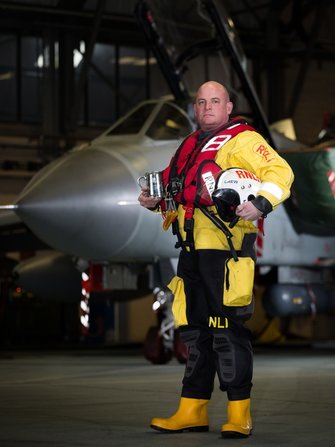 The Saddlers' Company award for 41 Squadron RAF is presented annually to an airman who, in the opinion of the Commanding Officer, is the most deserving that year for the credit they have brought on themselves and the Squadron - be it for a specific action, their overall performance or for another notable reason. Corporal David Nutland has been an integral member of 41(R) Sqn since his arrival just under 8 years ago. His previous Harrier experience allowed him to slip seamlessly into the Trials and Evaluation environment, passing on knowledge to his peers and effortlessly guiding teams during maintenance and weapon loading tasks. Tornado courses soon followed, vastly increasing his skill set and future worth. This has resulted in ‘Nutty’, as he is more fondly known, being regarded as an invaluable asset, not only to the Weapon trade desk but to the Squadron as a whole. When the Harrier GR 9 was retired from service, he took the lead in ensuring all associated armament GSE, spares and tooling held on the Squadron were returned via supply to the correct destinations. Showing exceptional managerial and communication skills, he successfully liaised with all parties to ensure all requirements were met well within set timescales. He has been pivotal in advancing the capability of the Tornado GR4 with involvement in many trials both at home and abroad; Helmet Mounted Cuing System, Brimstone 2, Anti-Fast Inshore Attack Craft , Storm Shadow, Common Jamming Pod and Expendable Active Decoy to name but a few. His contribution and reasoned logic ensured these assets and procedures were thoroughly tested and engineering advice given to the appropriate Project Team before being released to general service. Many of these trials were conducted on the ranges of North America which has resulted in a considerable amount of time away from his family. Amiable and outgoing he has made many contacts within the local American community where he presents the Sqn in a positive manner. His work outside the RAF is equally impressive. For over 7 years he has given up most of his spare time as a volunteer lifeboat crewman for the RNLI. His roles within the organisation are numerous. He has helped arrange and taken part in several major fundraising events, including a TV appearance. He also hosts visitors to Mablethorpe Lifeboat Station, giving tours and lectures on RNLI history and sea safety to all ages. He is regularly called away from his family to often life threatening and perilous situations. This can range from aiding mariners in distress to macabre tasks such as recovering suicide victims from the Humber Estuary. Recently, through dedication and hard work, he has completed his training for his Helms qualification on the smaller in-shore craft operated by the RNLI and is awaiting pass out by the RNLI Divisional Inspector. This gives him sole responsibility for crew safety and everything that happens during a rescue. Always looking to broaden his horizons, he is soon hoping to begin training at the RNLI College to Helm the larger class vessel at his station. A rigorous weekly training schedule sees him focus on teamwork, competence and safe procedures. It is due to this training, selfless dedication and well-rehearsed drills that countless people owe their lives to ‘Nutty’ and his team of volunteers Even with his RNLI voluntary work, he still manages to find time to further serve the local community of Mablethorpe. As an active member of the Royal British Legion, assisting the branch to collect over £40,000 towards this worthwhile charity. He often assists elderly veterans with home visits, shopping and their general welfare. So highly regarded by his peers within this organisation, he has recently been requested to run for the position of deputy Chairman of his local branch. His emphatic commitment to both Service and community is a shining example to all personnel regardless of rank or trade and hopefully, the promotion which he fully deserves will be just around the corner. We occasionally have contact from ex-serviceman searching out the 41 Squadron Association of the Royal New Zealand Air Force, are Antipodian sister Association. This year they are commemorating the 40th anniversary of their disbandment and have asked that I share a few words from their committee below. In 2017 we commemorate the 40th anniversary of the disbanding of 41 Squadron in the RNZAF Our squadron was formed in1947 at RNZAF Station Whenuapai in Auckland and was sent on detachment almost immediately to Malaya to assist during the insurgency in that country. The squadron flew a number of aircraft types in the early days including DC-3’s and Hastings but became better known through our relationship with the Bristol B-170… more commonly known simply as the ‘Bristol Freighter’. From the early 1950’s the squadron Freighters were assigned to serve with the RAF from its base at RAF Changi in Singapore - and there it remained through until the 1970’s before finally being transferred across to Tengah to finish up it’s days as 141 Flight flying the UH-1 (Huey). The Freighters being repatriated back to New Zealand to be sold off after the squadron was closed down. The ‘Colours’ were laid up in the chapel, where they remain to this day, at what is now known as RNZAF Base Auckland, however still located at Whenuapai. Most of the Association members did some time on Changi (some doing two or even three tours during their careers) trundling across the skies of Laos, Cambodia, Malaya, Borneo and Vietnam… with the occasional side trip to Thailand, Japan or Nepal. During our time we managed to achieve the distinction of serving the longest deployment of any New Zealand squadron, we were the last to lose and aircraft (and crew) on operation and also came home with a few extra holes from Borneo and Vietnam although fortunately with no further injury or losses.
|
Photo Credit:
Rich Cooper/COAP Association BlogUpdates and news direct from the Committee Archives
May 2020
Categories
All
|
||||||||||||

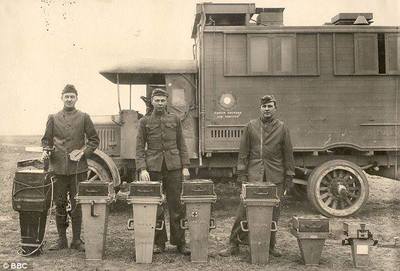
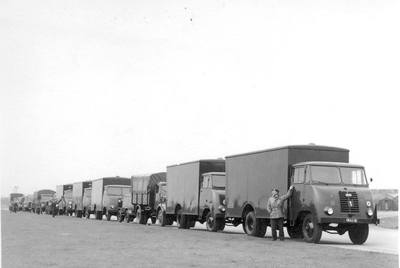
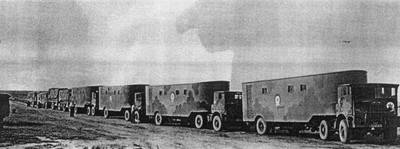
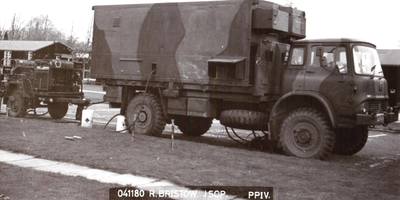
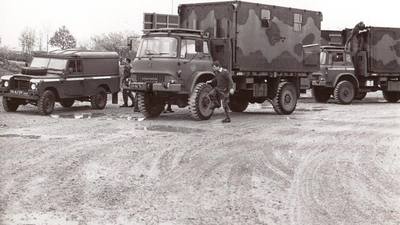
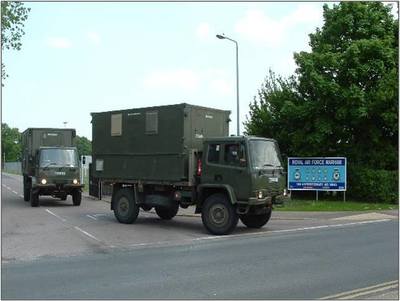
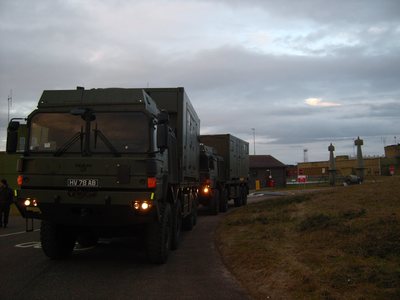
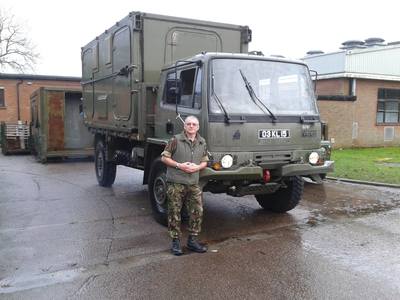
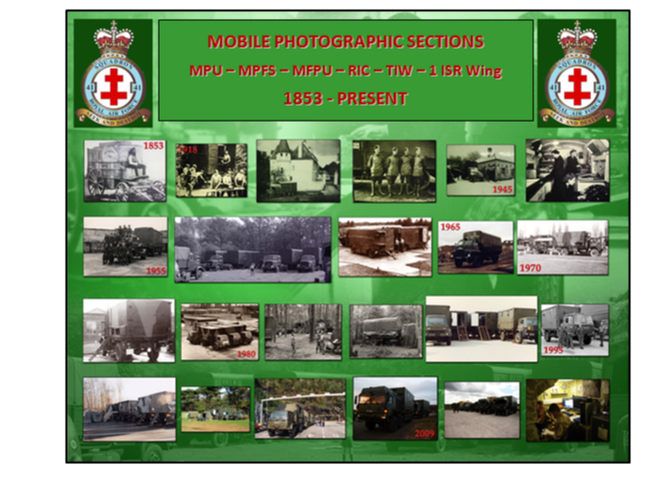
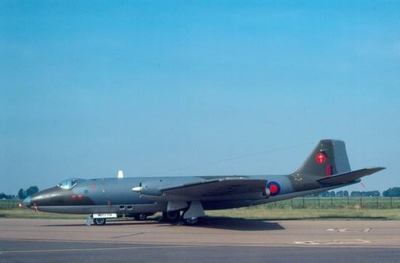
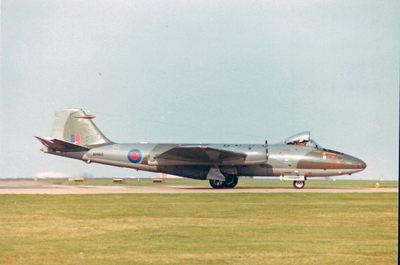
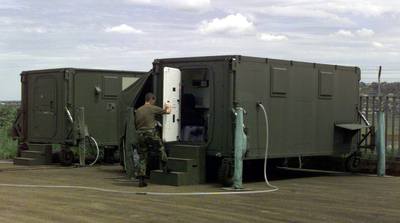
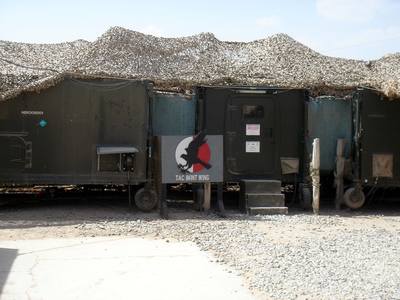
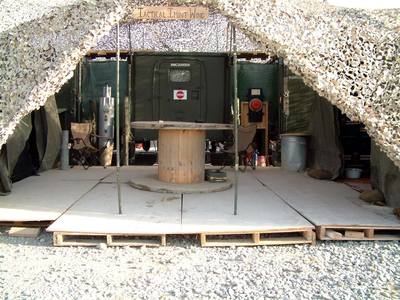
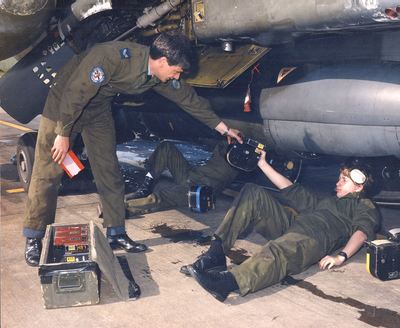
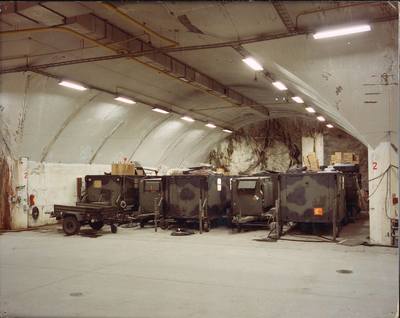
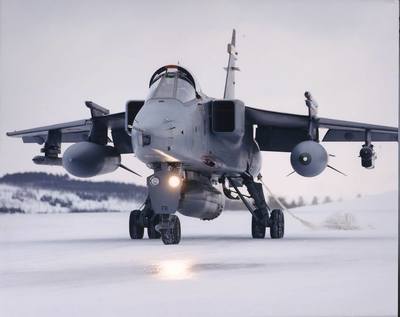
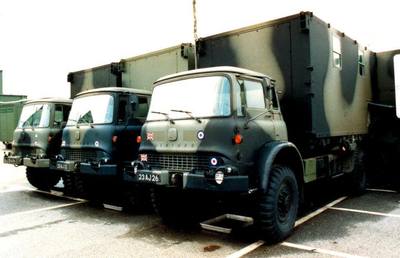
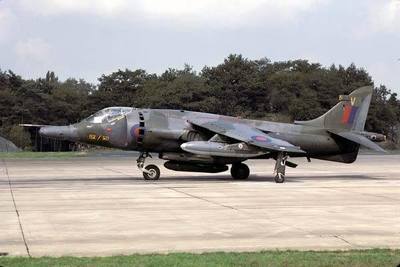
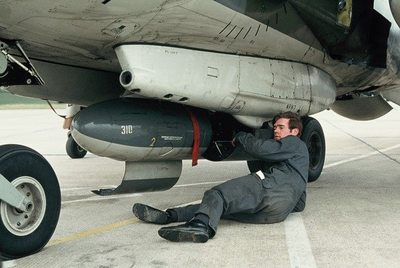
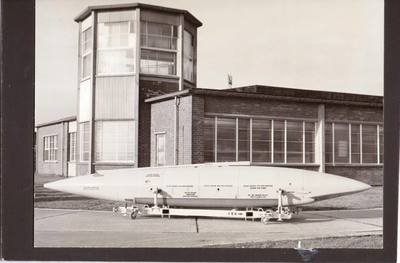
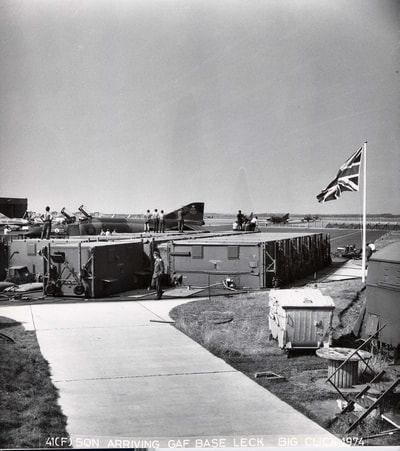
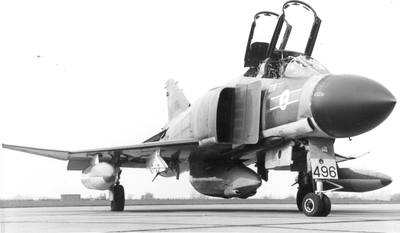
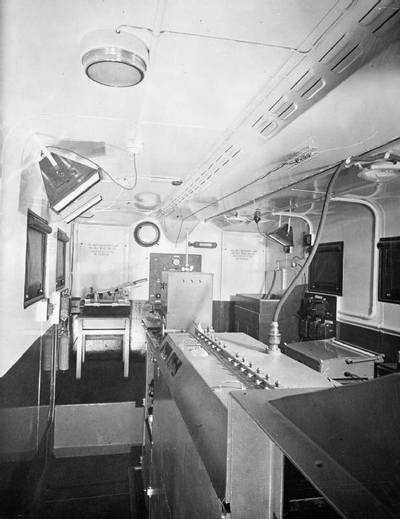
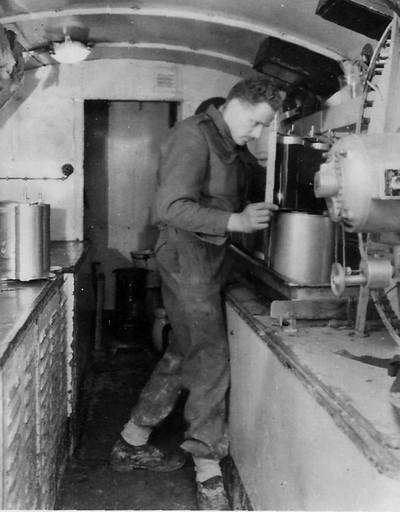
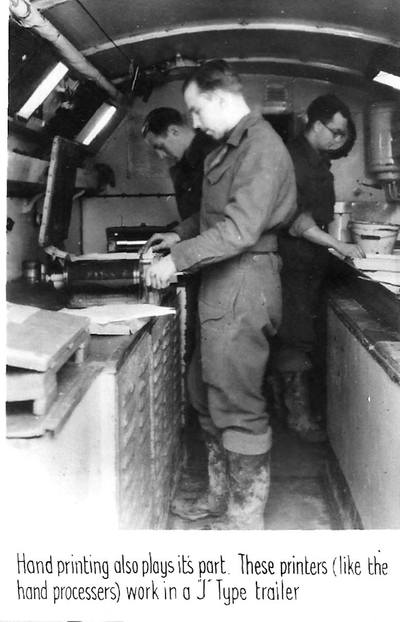
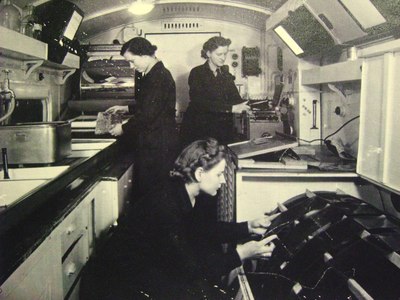
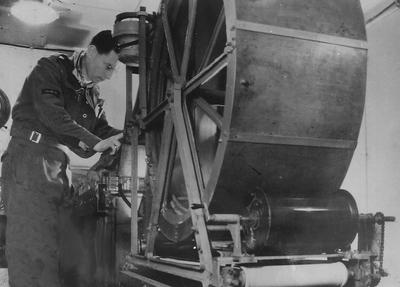
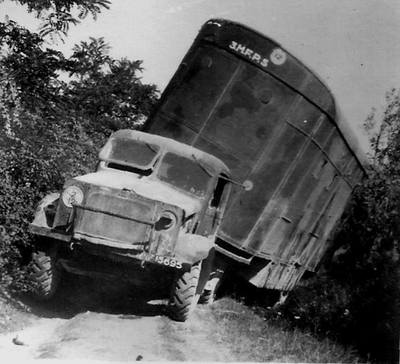
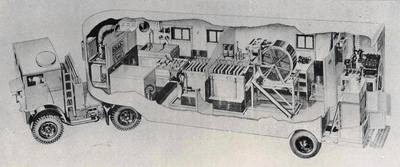
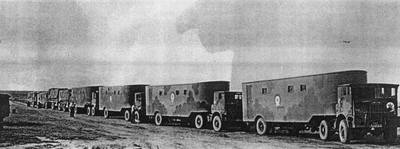
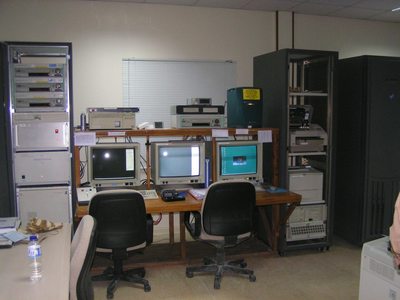
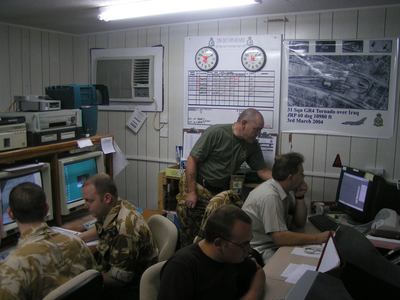
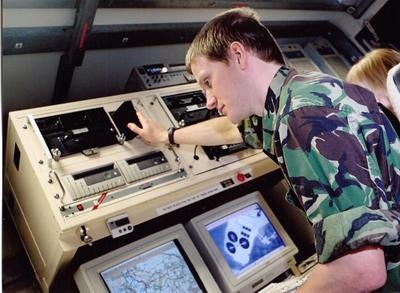
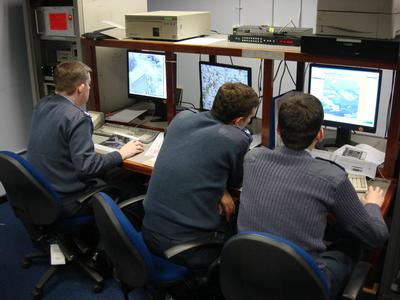
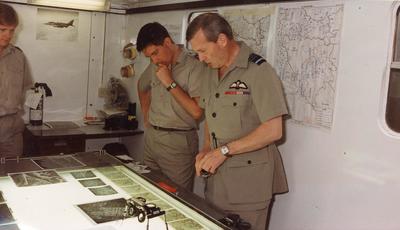
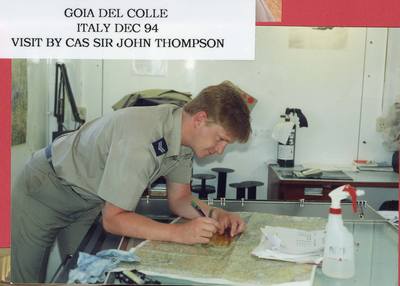
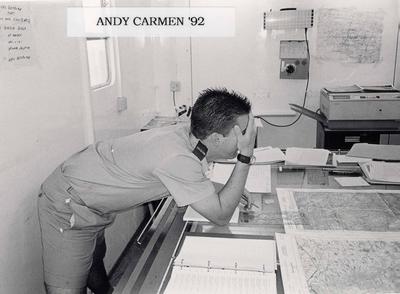
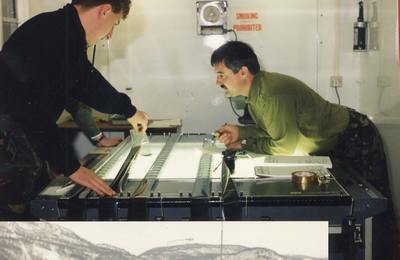
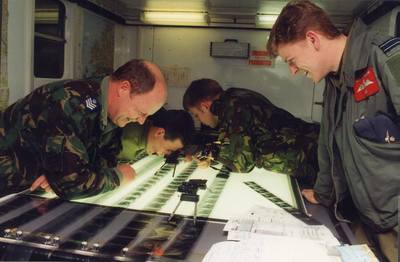
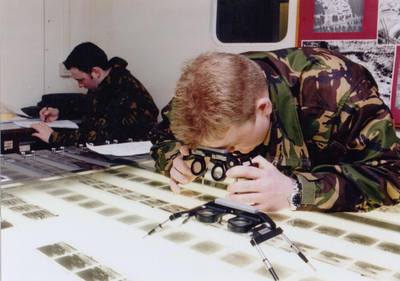
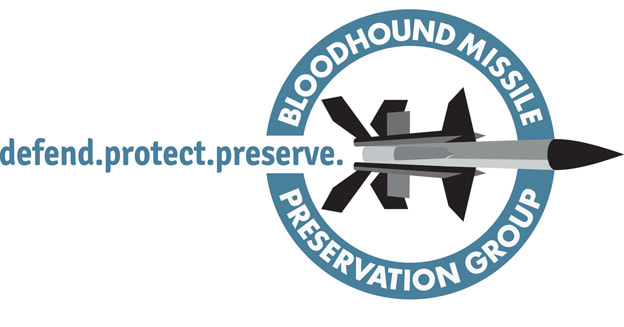
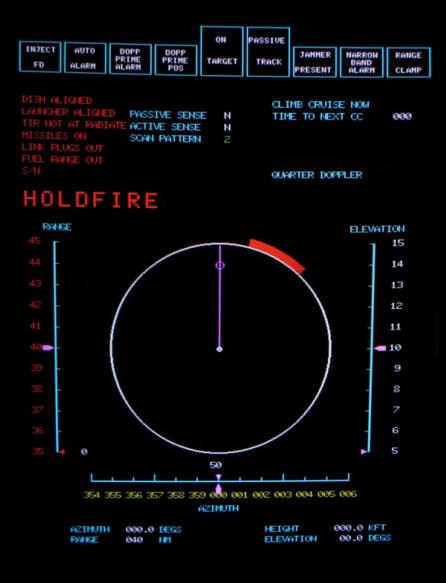
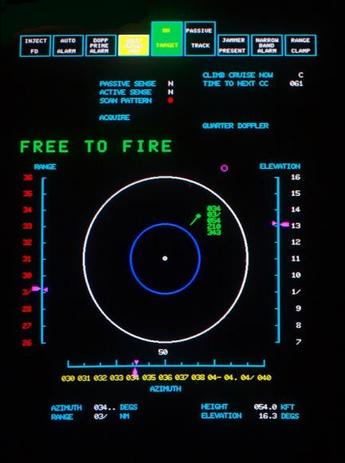
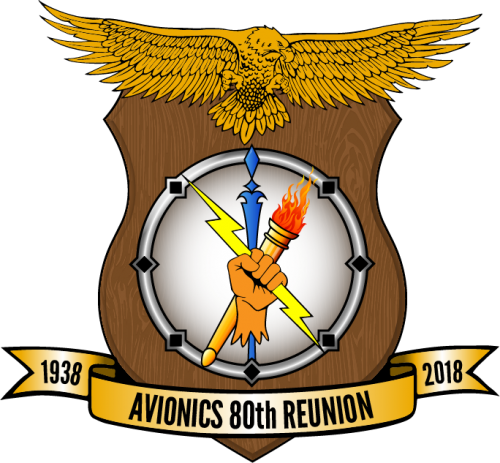
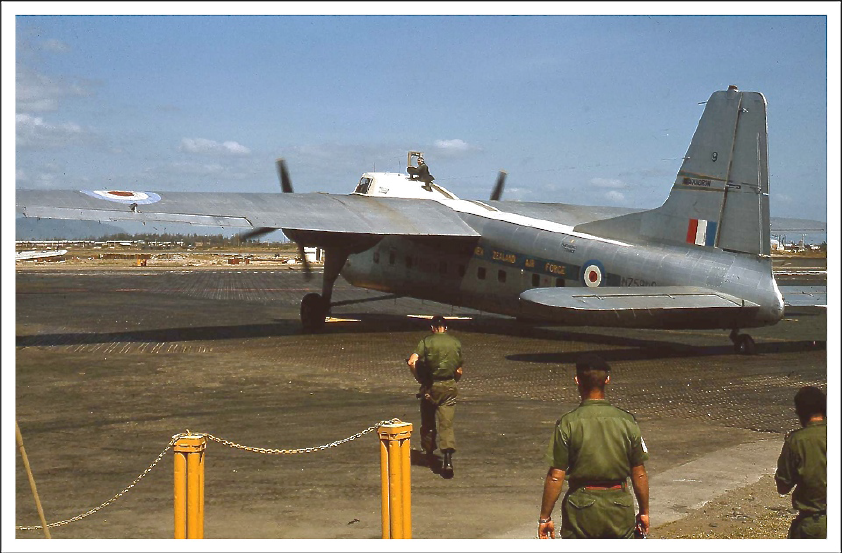
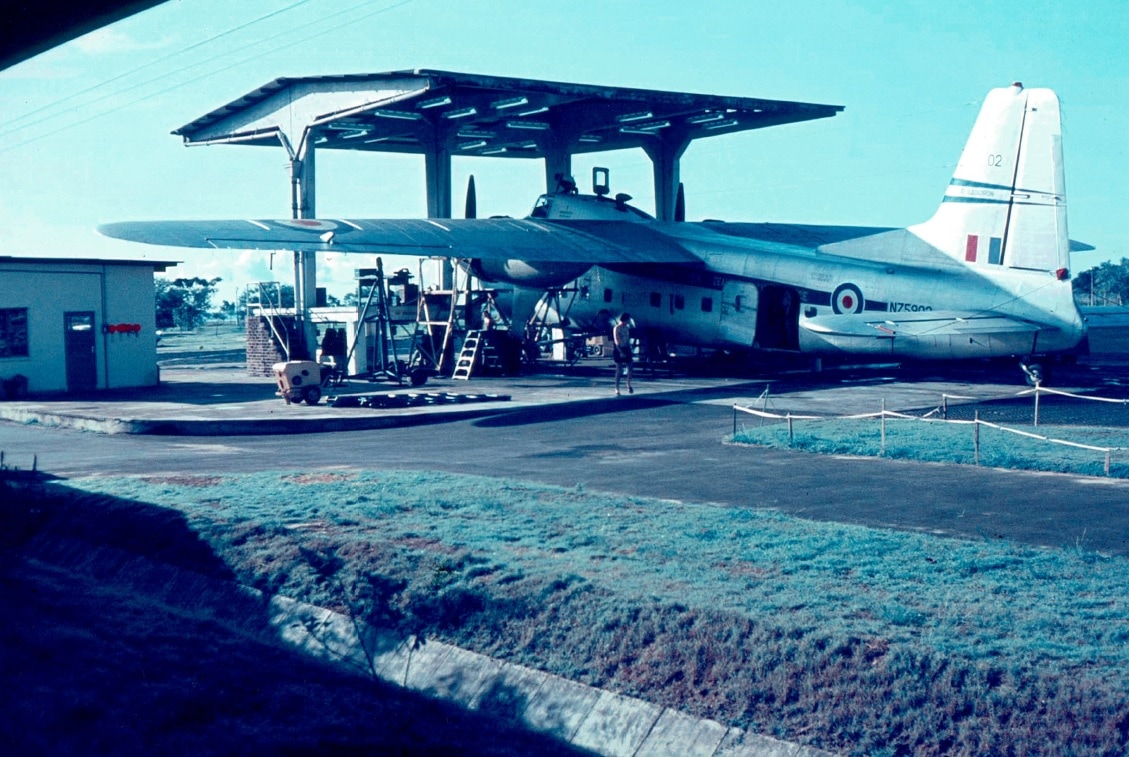
 RSS Feed
RSS Feed
